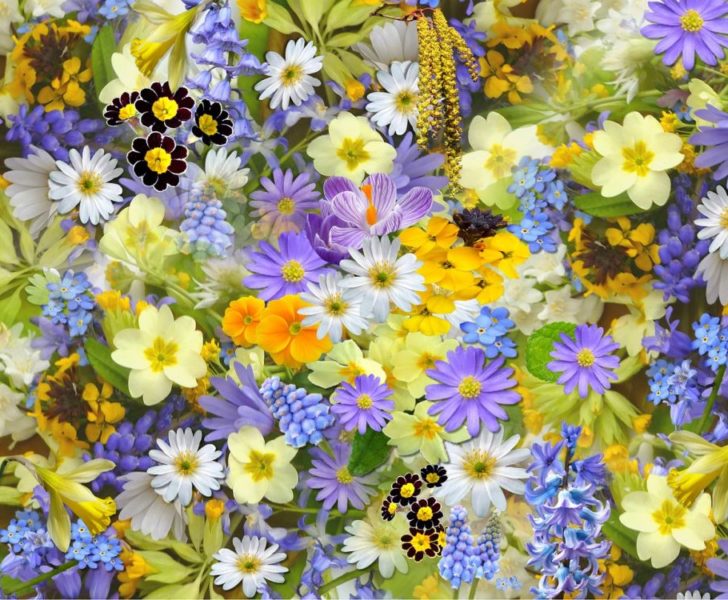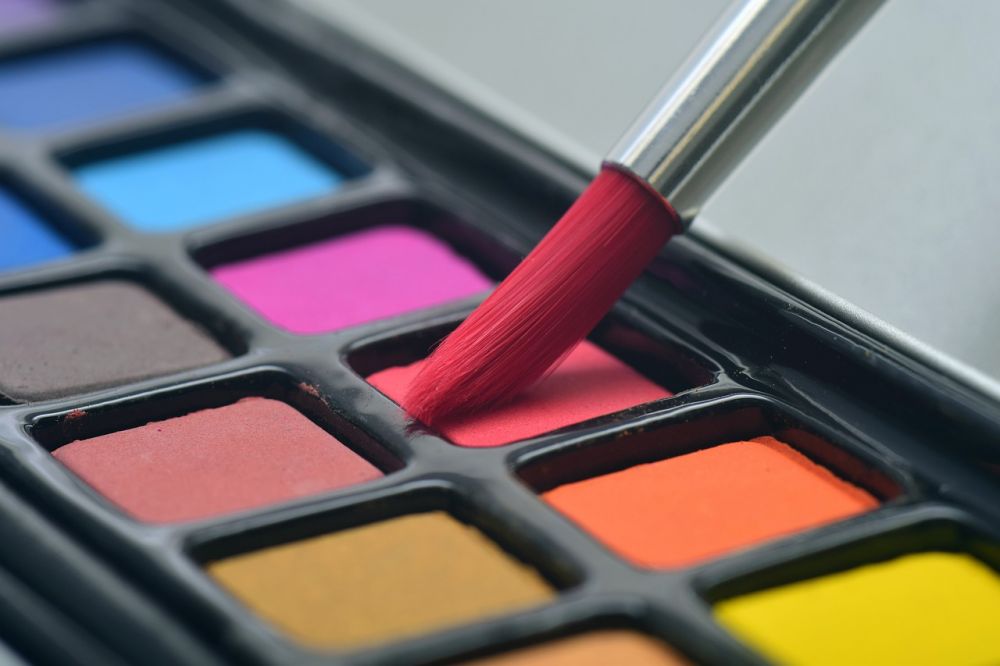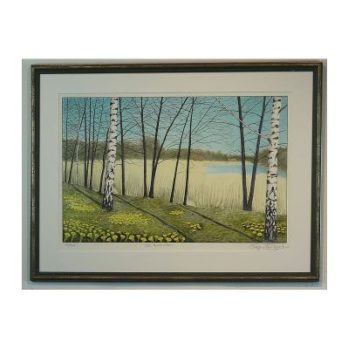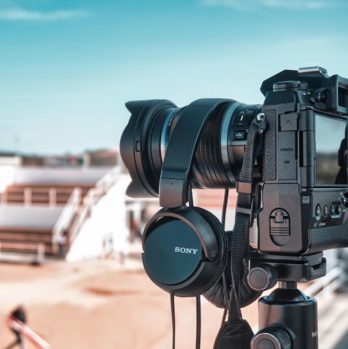Konstnärlig berättelse: En utforskning av dess olika dimensioner

Introduction:
In a world of constant storytelling, artistic narrative stands out as a captivating form of expression. Artistic storytelling can take many forms, from literature to film, painting to music. It engages our imagination, evokes emotions, and offers a unique lens through which we can perceive the world. In this article, we will delve into the depths of artistic narrative, exploring its various dimensions, its types, its popularity, quantitative measurements, differences between different forms, and even its historical advantages and disadvantages. By the end of this journey, you will gain a comprehensive understanding of the intricacies of artistic storytelling.
A Comprehensive Overview of Artistic Narrative

Artistic narrative is a broad term that encompasses various forms of storytelling in the realm of art. It goes beyond mere facts and information, seeking to engage the audience on a deeper level. Unlike straightforward storytelling, artistic narrative often employs symbolism, metaphor, and ambiguity to elicit emotions and provoke thoughts. It is a powerful tool for artists to communicate their ideas and connect with their audience on an emotional and intellectual level. Artistic narrative can be found in literature, visual arts, performing arts, and even multimedia platforms.
Exploring the Dimensions of Artistic Narrative
Artistic narrative can take various forms, each offering a distinct experience for the audience. Let’s delve into some of the most popular types of artistic storytelling:
1. Literary Narrative: Novels, short stories, and poetry are examples of literary narrative that transport readers to different worlds and explore complex human experiences.
2. Visual Narrative: Visual arts, such as paintings, drawings, and photographs, often tell stories through imagery, capturing moments and emotions in a single frame.
3. Film and Theatre: The combination of visuals, dialogue, and acting in films and theatrical performances offer a dynamic and immersive narrative experience.
4. Musical Narrative: Music, with its melodic compositions and lyrics, has long been used to convey stories, evoke emotions, and create atmospheres.
5. Digital Narrative: With the rise of new media, digital platforms like video games and interactive installations have emerged as unique forms of artistic storytelling.
Quantitative Measurements in Artistic Narrative
While artistic narrative is subjective, there are some quantitative measurements that can be applied to analyze its impact and popularity. These include:
1. Sales and Box Office: The commercial success of books, films, and artworks can provide insights into the popularity of a particular artistic narrative.
2. Audience Engagement: Online platforms, such as social media and streaming services, offer opportunities to measure audience engagement through likes, shares, views, and comments.
3. Critical Reception: Reviews, awards, and accolades serve as indicators of the quality and impact of artistic narratives within the artistic community and beyond.
4. Surveys and Polls: Conducting surveys and polls can gather data on audience preferences, allowing for insights into the popularity of various types of artistic narratives.
Examining the Differences between Artistic Narratives
Each form of artistic narrative presents a unique set of characteristics and conventions that differentiate it from others. Let’s explore some key differences among artistic narratives:
1. Time and Space: Literature offers a vast canvas, allowing for intricate descriptions and exploration of characters and settings, while visual arts convey narratives through static images.
2. Interactivity: Video games and digital narratives provide interactive experiences, allowing the audience to shape the story and engage in decision-making processes.
3. Medium-specific Techniques: Different artistic mediums employ specific techniques to convey their narratives effectively. For example, film uses editing, cinematography, and sound design to create a cohesive story.
4. Audience Engagement: Live performances, such as theater and music concerts, offer real-time interactions between performers and audiences, creating a shared experience that is unique to those forms of artistic narrative.
A Historical Perspective on the Advantages and Disadvantages of Artistic Narrative
Throughout history, artistic narrative has both influenced and been influenced by societal, cultural, and technological developments. Let’s explore some historical advantages and disadvantages associated with artistic narratives:
1. Advantages:
a. Reflection of Society: Artistic narratives have often been a mirror to societal values, beliefs, and conflicts, providing insights into the human condition.
b. Emotional Catharsis: Engaging with artistic narratives can offer emotional release, allowing audiences to connect with and process their own emotions.
c. Cultural Preservation: Artistic narratives, whether in literature or visual arts, have played a crucial role in preserving cultural heritage and transmitting it to future generations.
2. Disadvantages:
a. Exclusive Accessibility: Some artistic narratives, particularly those confined to traditional mediums, might have limited accessibility due to factors such as cost, language, or geographical barriers.
b. Subjectivity and Misinterpretation: Artistic narratives can be susceptible to individual interpretation, leading to potential misunderstandings or misinterpretations.
c. Artist’s Intention: The artist’s intention behind an artistic narrative might not always be fully realized or comprehended by the audience, resulting in ambiguity or confusion.
Conclusion:
Artistic narrative is a multifaceted form of storytelling that encompasses various mediums and dimensions. Its ability to evoke emotions, provoke thoughts, and communicate ideas make it a powerful tool for artists and a captivating experience for audiences. By understanding the different types, measurements, differences, and historical aspects of artistic narratives, we can truly appreciate the beauty and impact of this art form. So, the next time you indulge in a compelling novel, watch an enthralling film, or admire a thought-provoking painting, remember that you are engaging with a rich tapestry of artistic narrative that contributes to the enchantment of the human experience.











